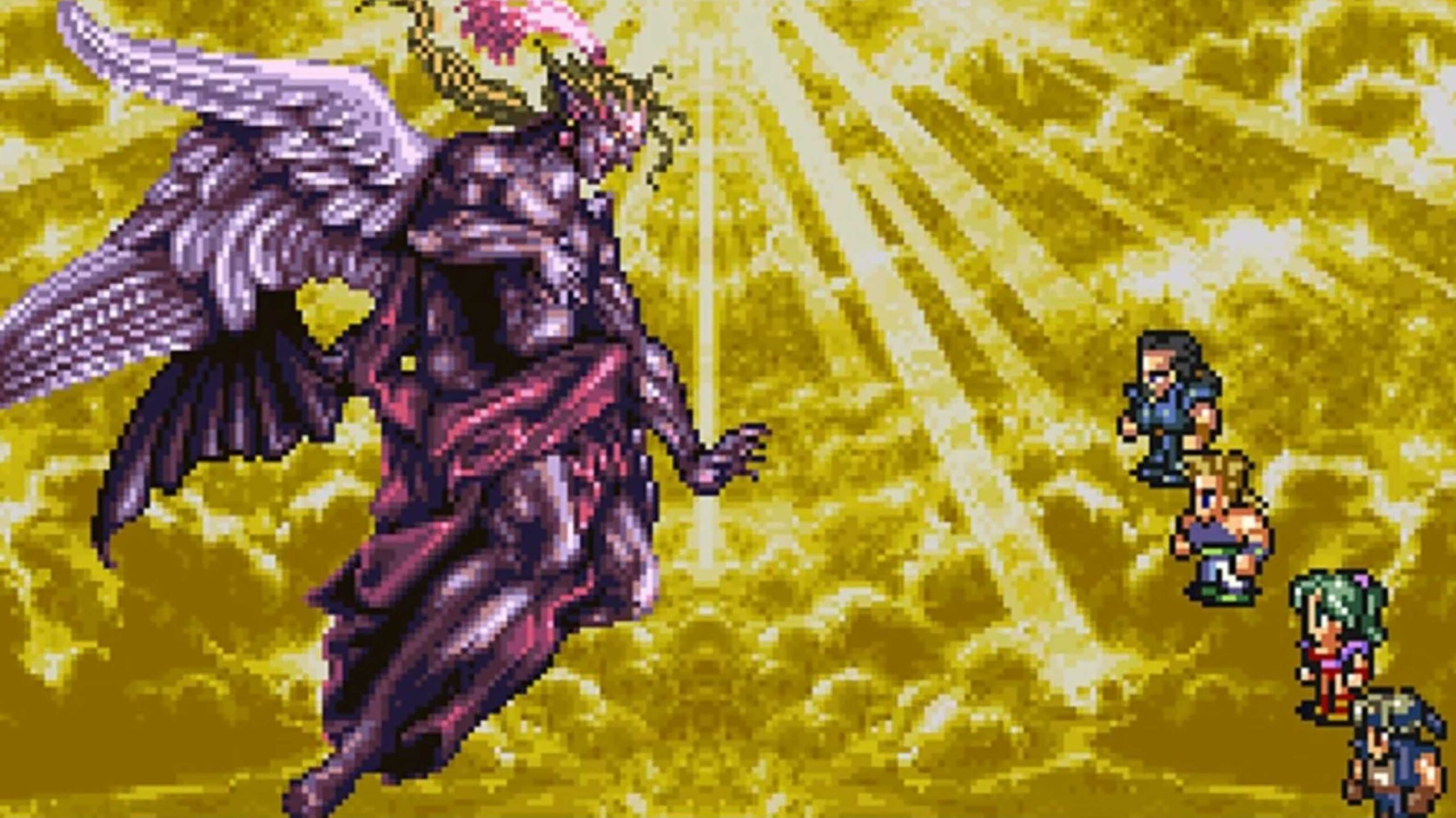For years, the Final Fantasy series has been synonymous with the very idea of the Japanese Role-Playing Game (JRPG). The Final Fantasy franchise is not only massive, but it offers such a wide array of experiences that it’s really no wonder why it’s often considered to be the best gateway into the genre. Where does that gateway lead, though? Well, that’s what we’re here to talk about today.
Given that there are almost 100 Final Fantasy games (including spin-offs), it’s not always easy to simply say, “If you like Final Fantasy, you’ll like this game.” However, there are certain hallmarks of that franchise that you can find in many other exceptional JRPGs. Furthermore, there are some JRPGs that feature (and even further) certain qualities found in select Final Fantasy titles. So whatever flavor of Final Fantasy you prefer, here’s a look at 15 titles and series that will show you why “final” is only the beginning.
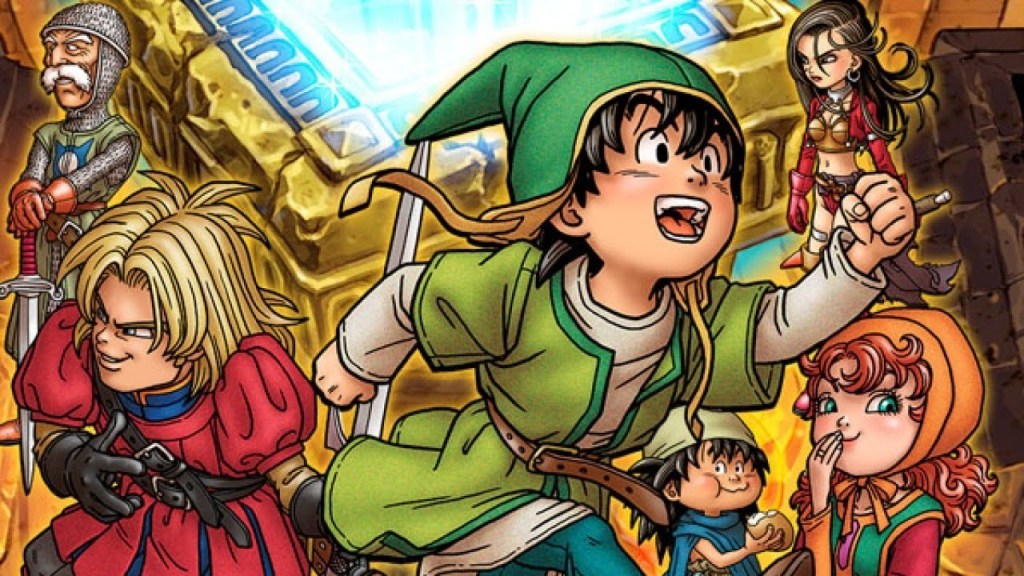
The Dragon Quest Series
Long before Squaresoft became Square Enix, the company developed Final Fantasy as a last-ditch effort to stave off bankruptcy. Either the game was going to succeed and save the company, or it wouldn’t. Either way, Square’s gambit would end up challenging a more established RPG rival.
However, a little over a year before Square launched Final Fantasy, Enix published a different swords-and-sorcery turn-based RPG called Dragon Quest. The game helped propel the RPG genre into the home console market, especially in Japan, and solidified standard JRPG rules such as turn-based battles. While Final Fantasy is the go-to RPG in most countries, Dragon Quest dominates Japan. What else would you expect from a game illustrated by the famed Akira Toriyama?
While Final Fantasy has experimented with wildly different combat systems and mechanics, Dragon Quest embraces the “if it ain’t broke” approach. For instance, the series has retained the same turn-based battles throughout its entire franchise. That is far from a complaint, though, as the simplicity of the series’ combat has always made it rather enjoyable. However, the true stars of every Dragon Quest game are the series’ epic stories, endearing characters, and earworm music tracks.
Currently, Dragon Quest sits at 11 mainline entries, only some of which are available on modern platforms. If you want to play Dragon Quest 11, you have plenty of options, but if you would rather play Dragon Quest 7, you will have to break out either a PlayStation 2 or Nintendo 3DS. If you happen to be looking for a list of the best Dragon Quest games…well, we’ve got you covered.
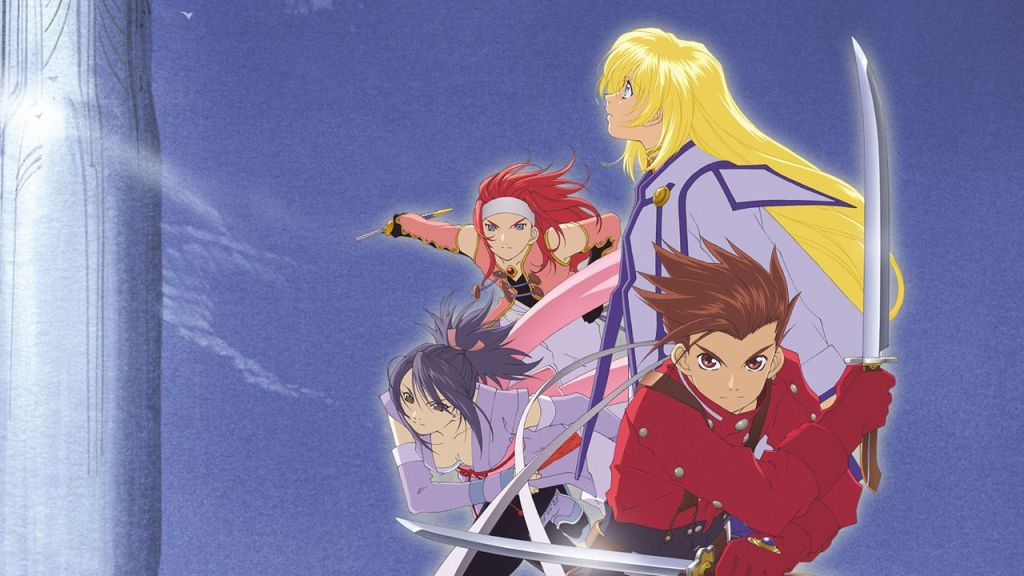
The Tales Series
Most traditional JRPGs are turn-based adventures that force players to wait before they act, but the Tales series is one of those classic JRPG franchises that lets the action unfold in a glorious display of chaotic pixels and particle effects. Add in an anime aesthetic, and you have a formula for a memorable series still going strong to this day.
The Tales series is Bandai Namco’s signature JRPG franchise. Like Final Fantasy, each Tales game stars a unique cast of characters trying to save their worlds from the villain of the hour. Plots are almost always memorable, largely thanks to the contributions of well-rounded characters that are overflowing with personality. Even the villains shine in most Tales titles. Sure, most of them are unrepentant monsters who deserve a sword to the face, but at least you can sympathize with them from time to time.
For the most part, Tales games play similarly to one another. They are all action games at heart, but the series’ combat blueprint has evolved over time thanks to additions like the ability to fuse characters together. While earlier Tales entries are sadly hard to play in their intended forms, the latest titles are readily available on most consoles. Plus, you never know when Bandai Namco will surprise audiences with a port or remaster. If it happened for Tales of Symphonia and Tales of Vesperia, maybe it can happen for Tales of Xillia.

The Bravely Default Series
Two decades ago, Square Enix started experimenting with the established Final Fantasy formula and never really stopped finding ways to tweak the hallmarks of that series. Many gamers have asked Square to take Final Fantasy back to its turn-based roots with little success or acknowledgment. However, as a compromise, Square Enix has published other franchises that fill that niche.
Even though Square Enix didn’t develop Bravely Default (Silicon Studio did), the game is a return to classic JRPG form in most major ways. Having said that, the games do feature a few innovations to that genre formula. For instance, players still pick their attacks one turn at a time, but the game also lets you use “battle points” to take extra actions in a turn. The more points a character burns, the more subsequent turns they’ll need to skip. However, you can stockpile extra points by defending. That brilliant system forces you to figure out when it’s best to use points and when you should hoard them.
While Bravely Default’s combat is the main hook, its story is no slouch. Sure, the narrative relies on many tropes Final Fantasy popularized (if not invented), but it also sprinkles in some plot twists that directly address certain tired cliches.
Bravely Default received two sequels in the form of Bravely Second: End Layer and Bravely Default 2. While these games don’t reach the heights of Bravely Default, they are still worthwhile JRPGs. Plus, Bravely Default 2 is currently the easiest to obtain since it’s available on the Nintendo Switch, while its predecessors remain Nintendo 3DS exclusives.
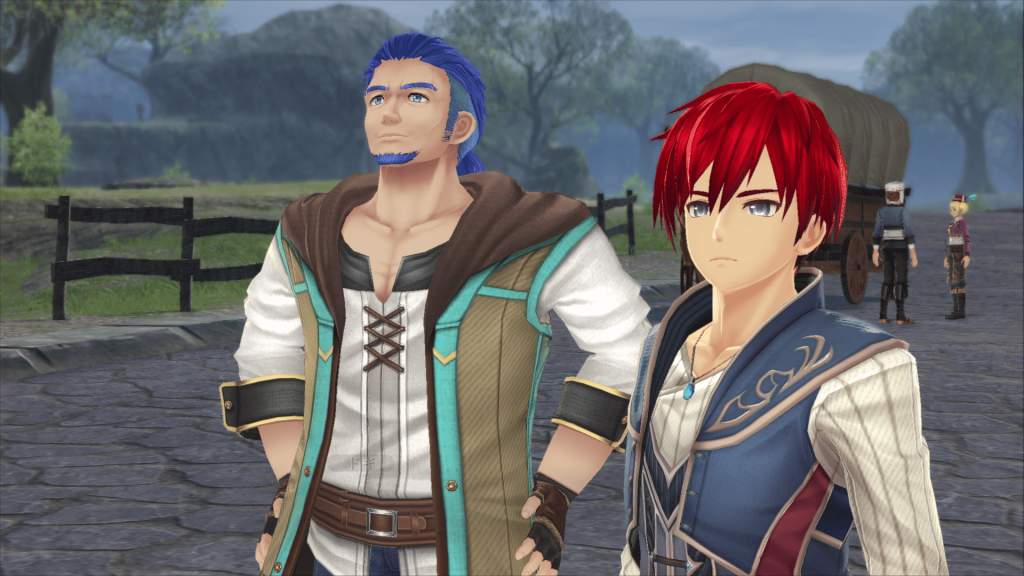
The Ys Series
Most JRPG franchises are essentially anthologies. Each entry sees a different team of heroes save a different universe from destruction. However, there’s a notable RPG franchise that bucks that trend that you’ve probably never heard of until now.
Ys is a long-running series of action RPGs that date back to the NEC PC-8801. With only a couple of exceptions, each entry was developed by Nihon Falcom and stars the red-haired adventurer Adol. Every Ys game takes Adol on a new adventure. Sometimes he’s marooned on an island and has to delve into its mysteries before he can escape, while other games see him protect a town from spectral threats. Regardless of the plot, some of the best JRPG music you’ll ever have the pleasure of losing yourself in accompanies Adol on his journeys.
Since Ys bridges multiple gaming generations, the franchise has gone through a multitude of gameplay alterations. The series started as a top-down adventure title where you can only damage enemies by bumping into them, but as technology grew, so did Ys’ complexity. For instance, the series eventually adopted a fast-paced dungeon-crawling model, and lately, Ys games added party members and 3D graphics.
Of course, some Ys games are better than others. For instance, many gamers consider Ys VIII: Lacrimosa of DANA as a high point of the series and an excellent starting point for newcomers. Thankfully, the entire franchise (minus one entry) is available on Steam and GOG, although you can only play the remakes of earlier titles.
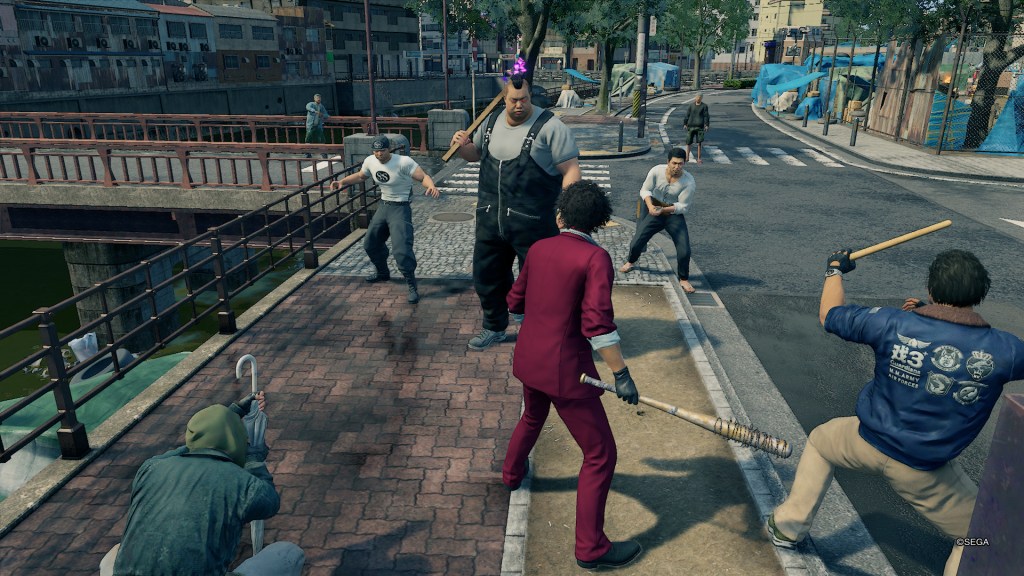
Yakuza: Like a Dragon
Ever since the Yakuza franchise premiered on the PlayStation 2, the series has stuck close to its brawler roots (even when it adopted third-person shooting controls in a zombie-themed spin-off). However, Like a Dragon turned the Yakuza franchise on its head.
Unlike other franchise entries, fights in Like a Dragon play out in a JRPG fashion. Characters take turns beating enemies senseless (and vice versa) using elaborate moves that showcase Yakuza’s signature flair. Moreover, the roots of the series’ action combat live on via QTE and button-mashing segments. Like a Dragon‘s story is also that kind of emotional and serious crime drama sprinkled with gloriously over-the-top comedy that we expect from a great Yakuza tale.
Yakuza: Like a Dragon represents the future of the major entries in this franchise, as subsequent sequels will adopt its turn-based nature. If you enjoy this game, you will want to check out what comes next.
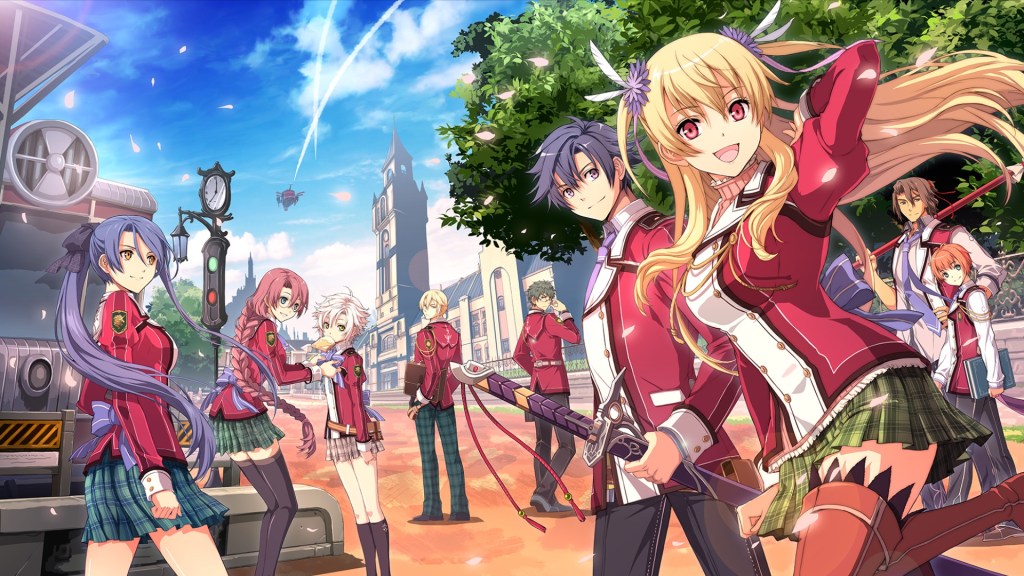
The Legend of Heroes: Trails of Cold Steel Series
Nihon Falcom loves developing RPGs that follow a sense of continuity. Not only is the company responsible for the Ys series, but it also created The Legend of Heroes.
The entire franchise (starting with the sixth entry) is broken up into arcs that follow different characters who populate different nations in the same world. As of now, the latest arc Western audiences can play is the Trails of Cold Steel arc.
The four Legend of Heroes: Trails of Cold Steel games chronicle the life of Rean Schwarzer as he goes from being a student at Thors Military Academy to a teacher. As each game’s story progresses, players learn more about the game’s country, the Erebonian Empire, and its characters. The battle system in the Trails of Cold Steel doesn’t do much to distance itself from other RPGs, but it is polished. Fights take place in arenas where placement and distance determine who can hit what and whether a single attack can strike multiple enemies. Players have plenty of skills to work with, especially when they “link” characters together to trigger follow-up attacks.
The Legend of Heroes: Trails of Cold Steel excels in both storytelling and combat. The only problem is that to get the full story, players have to play four, long games. But to most RPG aficionados, that’s a boon.
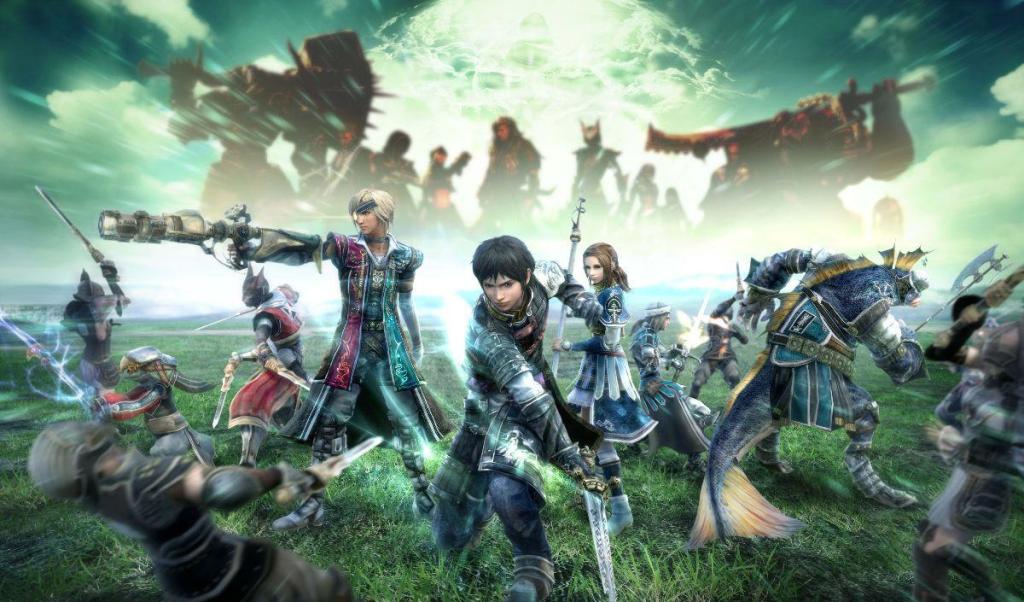
The Last Remnant
After Squaresoft found success with Final Fantasy XI, the company asked what would happen if they used that MMO’s real-time combat in a single-player setting. The answer was Final Fantasy XII. Then the company went back to basics (sort of) with Final Fantasy XIII, but what would have happened if Square continued down the path that Final Fantasy XII started? Well, The Last Remnant is probably the best answer we’ll get to that question.
Originally released for the Xbox 360 and PC, The Last Remnant tells the story of Rush Sykes: a young man who wants to rescue his sister from some kidnappers. As is typical of JRPGs, nearby army generals agree to help Rush, but this also drags him into a war that will decide the very fate of the world. The story takes a bit of time to get going, but it picks up later.
The Last Remnant’s claim to fame (kind of) is its novel battle system. Instead of controlling individual characters, you lead small groups of soldiers into battle and only give generalized commands. While this system seems to take away some control while in combat, the game makes up for it with more options to prepare before skirmishes. Victory comes down to luck and strategy.
If you want to play The Last Remnant, you will have to turn to The Last Remnant Remastered, which sports better graphics and performance and is readily available on the Nintendo Switch and PlayStation 4/5. If you would rather play the original version…well, you better hope you bought it on Steam years ago because The Last Remnant has been delisted, and the Xbox 360 version leaves a lot to be desired.
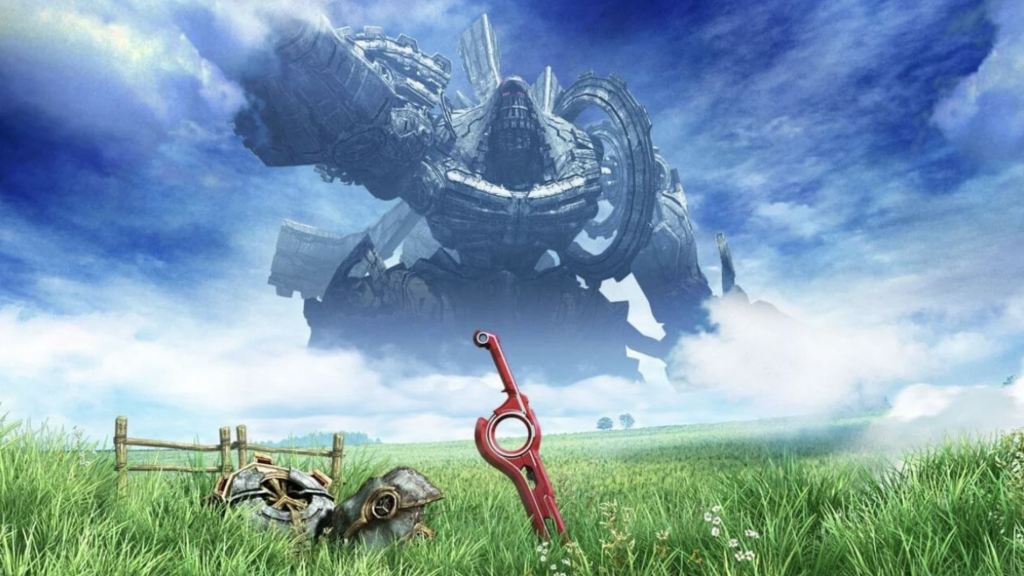
The Xenoblade Chronicles Series
Monolith Soft is mostly known for the Xenosaga series, which is a spiritual successor to Squaresoft’s Xenogears (that game’s director, Tetsuya Takahashi, would go on to found Monolith Soft). After Monolith concluded the Xenosaga…err…saga, the company developed another spiritual successor, the Xenoblade Chronicles franchise.
The Xenoblade games are a collection of action RPGs that share narrative elements and combat mechanics but are otherwise unconnected (or are they?). The series started with the original Xenoblade Chronicles for the Wii, which featured two “worlds” that evolved on the bodies of dead giants and are at war with one another. The narrative starts off simple enough, but as time goes on, new plot threads and twists are introduced that dive into the true nature of the world.
Since each entry in the Xenoblade franchise is relatively unconnected, they are all free to tell their own stories without worrying too much about long-running continuity. Each Xenoblade Chronicles game is worth experiencing, but you can play them out of order without worry. Moreover, while they play mostly the same, each Xenoblade title sets itself apart from the rest with unique mechanics. These additions ensure gamers don’t feel like they’re playing the exact same game but with different skins four times over.
Originally, Xenoblade Chronicles was released on the Wii and Nintendo 3DS, but thanks to a remaster, that game joined Chronicles 2 and 3 on the Nintendo Switch. Unfortunately, that just leaves Xenoblade Chronicles X the odd game out since it is still stuck on the Wii U. Fingers crossed that it also receives a Switch port in the near future.
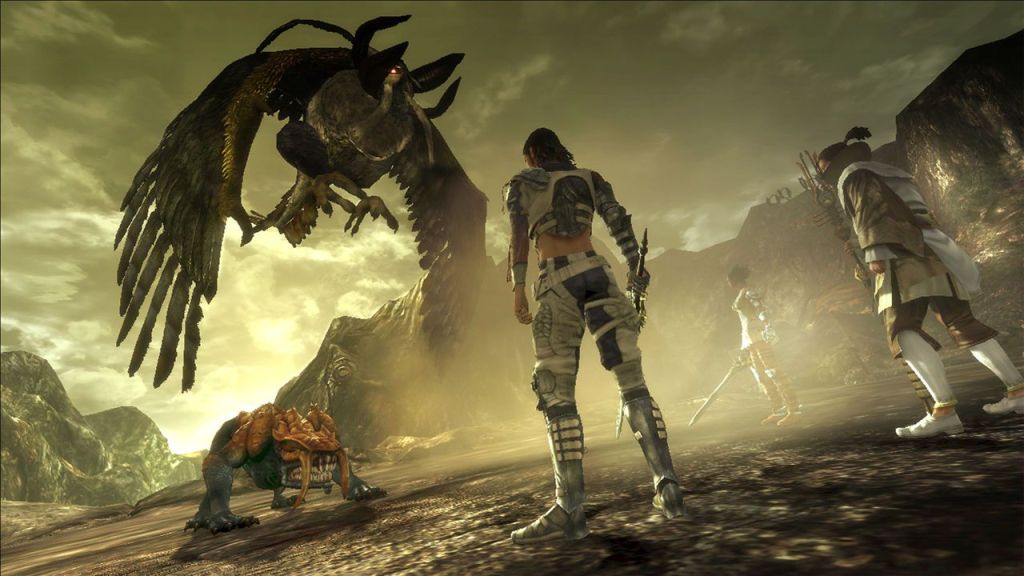
Lost Odyssey
Naturally, most gamers associate JRPGs with Japanese game consoles. After all, Western platforms like the Xbox brand have never fared as well overseas. However, one of the best Final Fantasy-style RPGs you’ll ever find happens to be an Xbox 360 exclusive.
Lost Odyssey is the second AAA title designed by Mistwalker: the studio founded by Final Fantasy creator Hironobu Sakaguchi after he parted ways with Squaresoft. The game revolves around a group of immortals who have lived thousands of years but have lost all their memories. The narrative focuses on their quest to recover these memories while a technological revolution and war rage in the background. It’s an incredible set-up that results in a truly exceptional piece of JRPG storytelling.
Combat in Lost Odyssey is somewhat derivative of other RPGs with several notable exceptions. Every character has to participate in light QTE segments to maximize damage (the game was developed for the Xbox 360, after all), but more importantly, positioning is key. Players have to organize their party characters to make sure the squishier ones are guarded behind more durable heroes.
While Lost Odyssey is not a unique RPG, it does enough to stand out in the crowd and remains something of an overlooked genre gem.
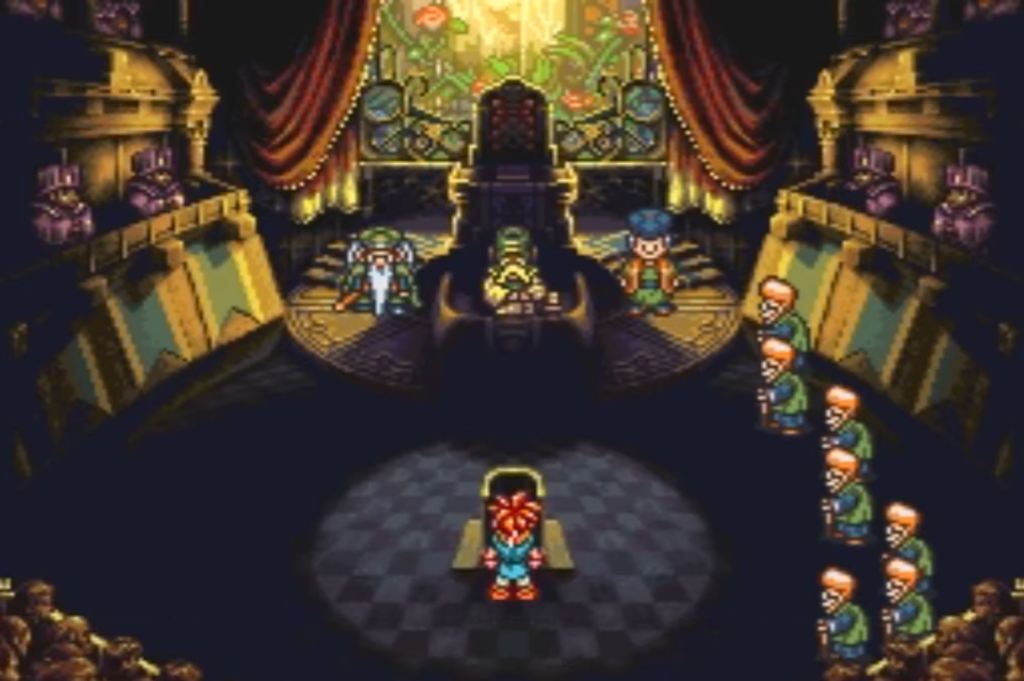
Chrono Trigger (or Chrono Cross)
Final Fantasy VI was the last entry released for the Super Nintendo before the series found a new home on the Sony PlayStation. However, before the move, Squaresoft gave SNES owners one final hurrah.
Chrono Trigger is widely regarded as one of the best RPGs ever made. The story revolves around a group of heroes traveling across time to stop a parasitic alien from destroying the planet. Not only is the narrative a gripping experience full of memorable characters, but players can impact significant events via seemingly mundane actions.
While Chrono Trigger’s plot and characters are extremely polished, its battle system remains a true highlight. A seemingly standard JRPG combat system benefits from subtle strategies that eventually become available to you. Do you immediately attack enemies, or do you wait until they’re close enough together to be hit all at once? Do you make characters attack individually, or do you combine their turns into a more powerful nuke? It’s a satisfyingly simple system with a ton of depth.
As for Chrono Trigger’s spiritual follow-up Chrono Cross…well, that game proved to be significantly more divisive, though its more complicated characters, plot, and combat make it a favorite among genre fans looking for something a little different.
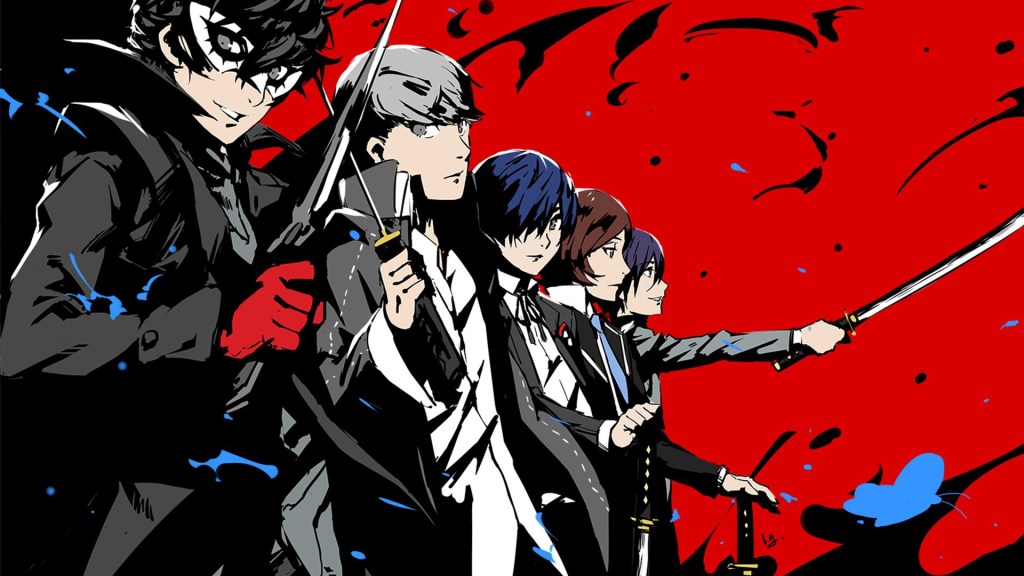
The Persona Series, Shin Megami Tensei V, or Soul Hackers 2
Atlus, a subsidiary of SEGA, has a strong history of publishing and developing games. The company helped bring titles such as Stella Glow, The Deadly Tower of Monsters, Rock of Ages, and Lost Dimension to life. However, the company’s main claim to fame has to be Shin Megami Tensei.
The Shin Megami Tensei franchise began in 1987 as a mature dungeon crawler that revolved around allying with “demons” (a group that includes fae, gods, and, ironically, angels). After the series took off, it spiraled into a variety of spin-offs, most of which maintained a focus on adult-oriented stories and collecting monster allies.
While all RPGs under the Shin Megami Tensei umbrella are worth playing, picking the one that is right for you isn’t the easiest of tasks. Want a brutally difficult RPG with a morality system and a unique battle mechanic that gives you more turns if you target enemy weaknesses? The vanilla Shin Megami Tensei series is up your alley, especially since SMT 3: Nocturne and SMT 5 are readily available. Desire a more classic RPG experience that rewards players who go for a “Jack of all trades” playstyle? Go with Soul Hackers. Crave a turn-based RPG that asks players to prioritize their time with a calendar system and dating visual novel mechanics? The Persona spin-off series should suffice. You just can’t go wrong with a Shin Megami Tensei game.
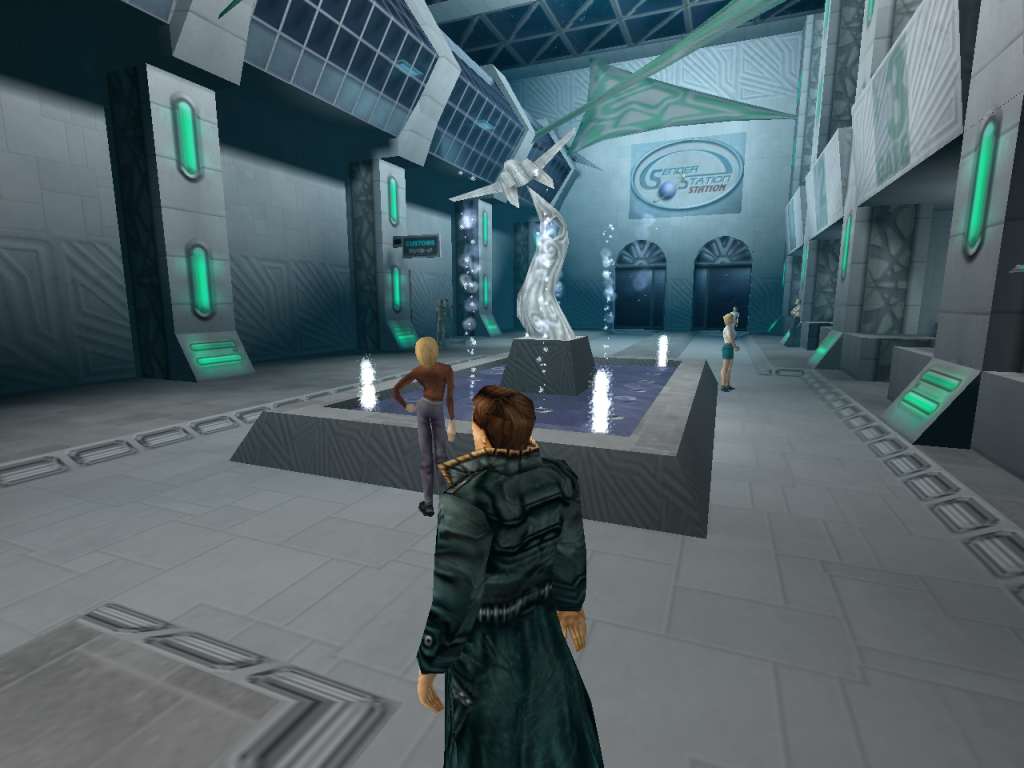
Anachronox
Despite the name, not all JRPG-style games hail from Japan. It’s just that some Western JRPGs struggle to break out. Case in point, Anachronox.
Anachronox is a sci-fi cyberpunk RPG developed by Deus Ex developer, Ion Storm. For the most part, Anachronox plays out like the typical JRPGs that clearly inspired it. However, what separates this game from some considerable competition is its world and story.
Anachronox follows the private investigator Sylvester “Sly Boots” Bucelli. In typical JRPG fashion, he takes a job that seems small but spirals into a plot that will decide the very fate of the universe. Throughout his journey, Sly Boots teams up with a group of misfits, each one more well-written, expertly voiced, and charming than the last. One party member is an entire planet of people who voluntarily shrunk down so they could help Sly Boots. Name another video game that does that.
Unfortunately, that story ends on a cliffhanger that was never followed up on. However, even though the game doesn’t tell a complete story, it still tells a very good one. Plus Anachronox is often on sale for less than a buck on GOG and Steam, so the value is obviously there.
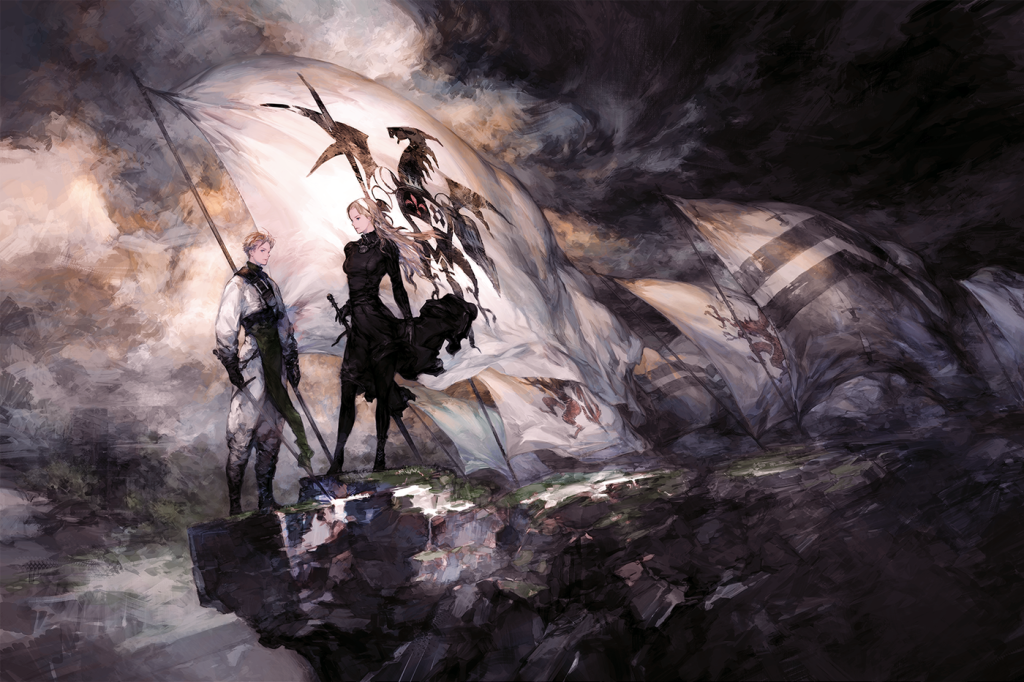
Tactics Ogre
If your favorite flavor of Final Fantasy game was actually the strategic Final Fantasy Tactics, then let me tell you about Tactics Ogre.
Originally released for the Super Famicom and eventually ported to the PlayStation, Tactics Ogre is a strategy game where battles unfold in grid-like battlefields. The system is relatively straightforward, but the game’s difficulty contributes to that “tough-to-master” quality. Enemies don’t hold their punches, and if players aren’t careful, they will lose many characters to a permadeath system. Admittedly, Tactics Ogre’s take on permadeath isn’t as grueling as Fire Emblem’s, but it can leave players in a bind if they aren’t careful.
In true JRPG fashion, Tactics Ogre begins with a war and a case of mistaken identity, and from there, the story blossoms into a branching narrative where every choice impacts the ending. Each path is gripping on its own and entices players to enjoy future playthroughs.
Before 2022, Tactics Ogre was only available on a few aging consoles, but recently, Square Enix published Tactics Ogre Reborn: an updated remake with new graphics, voice acting, and streamlined game systems. Thanks to that remake, the game is now available on PlayStation 4 and 5, Nintendo Switch, and PC via Steam.
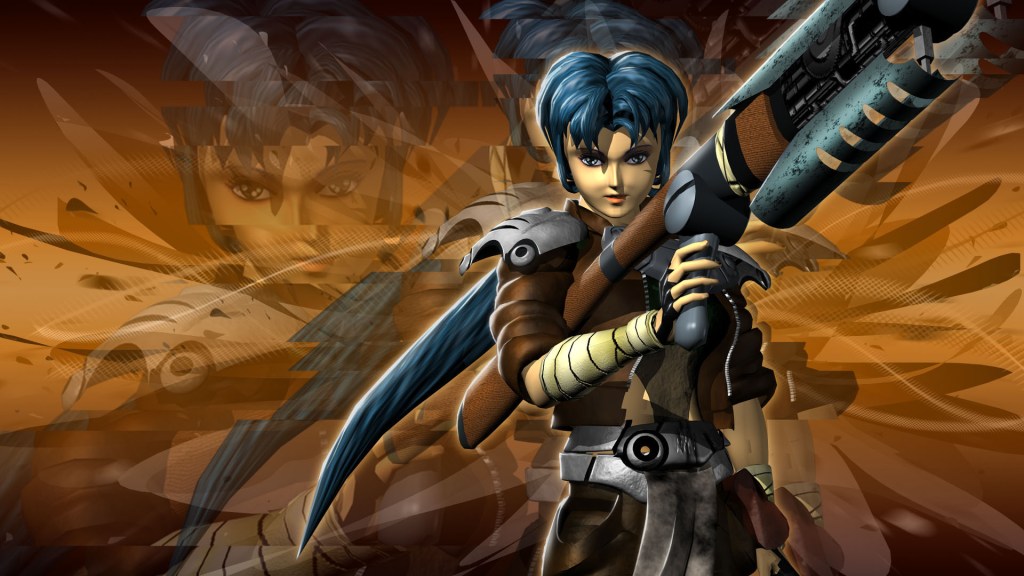
Septerra Core
Anime is more popular than ever, but remember when Western companies tried to make their own anime and manga (or at least anime and manga-inspired stories)? That’s how we got shows like Teen Titans and Avatar: The Last Airbender, as well as a hidden gem called Septerra Core.
At first glance, Septerra Core bares a striking resemblance with popular PC titles of its time, such as Fallout and Diablo. However, Septerra Core‘s true inspirations soon come to the forefront. The game takes place in a world divided into layers, and every so often, they align to form a path to the world’s center: a legendary supercomputer. As one might expect, the game’s main villain is plotting to use it to gain godlike power, and it’s up to the main character to stop them.
Septerra Core excels in both its characterization and gameplay. Every character is fully-realized and fully voiced, and combat is a spin on Final Fantasy’s ATB system. You need to wait up for a bar to fill in order to attack or use skills, but the bar is split up into sections. How much you use determines an ability’s strength. Do you use an entire bar to nuke a single enemy or use each section to attack different opponents? These dilemmas make Septerra Core stand out from the rest of the turn-based RPG crowd.
While most RPGs on this list are available on a variety of platforms, Septerra Core is a PC exclusive. However, since this game is so old, you can run it on even the most underpowered computers.
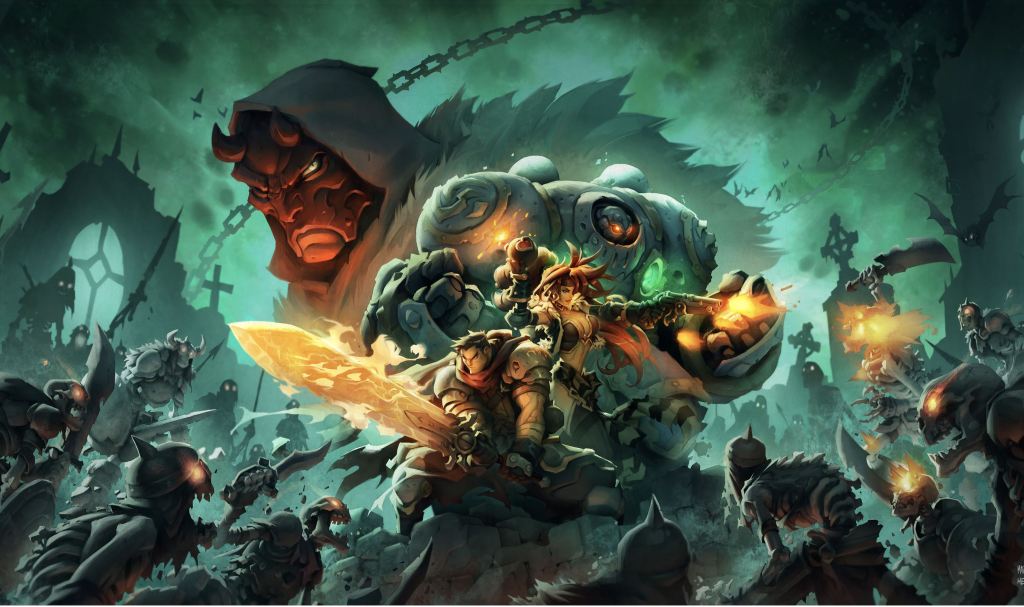
Battle Chasers: Nightwar (or Ruined King: A League of Legends Story)
Licensed RPGs really all that common, but Airship Syndicate demonstrates that you can adapt existing properties into turn-based battle games.
Battle Chasers: Nightwar and Ruined King: A League of Legends Story are, at their core, two sides of the same coin. Both games draw from different existing properties (Battle Chasers and League of Legends, respectively) and utilize their lore and art to construct different worlds.
Since Ruined King is essentially Battle Chasers with a League of Legends paint job, both games play out the same. Both titles are dungeon-crawler RPGs with a focus on combat. Battles are a tightrope of managing status effects, turn priority, and mana. Ruined King adds to this system with a lane mechanic that lets characters trade attack strength for quicker turns and vice versa. Moreover, proper usage of this system can net players buffs that can make or break battles.
Battle Chasers: Nightwar and Ruined King: A League of Legends Story might feel like reskins of one another, but is it really a problem to recycle such a polished experience?
